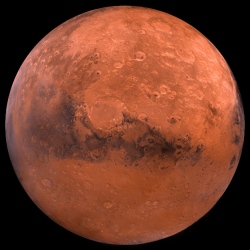
The best way to study Martian rocks would be to do it on Earth. While spacecraft-mounted instruments, such as the Curiosity rover’s ChemCam that vaporizes material and uses a spectrometer to determine the chemical composition, are invaluable to scientists, they are no replacement for a sample in the lab.
The amount of compositional and absolute age data that scientists can obtain with a laboratory full of state-of-the-art equipment and chemicals to test sample materials is unparalleled, as evidenced by research conducted on meteorites (including from Mars) and Apollo moon samples.
To continue this work, scientists need a pristine sample of Martian rock and soil, which would help build a Rosetta Stone to unlock the history of the solar system. The potential knowledge to be obtained from such a sample ranges from the formation of Mars to the nature of the planet’s ancient surface waters to possible habitability in the Red Planet’s past, and in turn, perhaps the secret to the origin of life on Earth.
With so much to gain, both NASA and the Chinese national space agency are designing missions to retrieve a sample from Mars before the end of the 2020s. The missions are ambitious, incomplete, and reliant on yet-to-be developed technologies. They both start, however, with flights to Mars in 2020.
